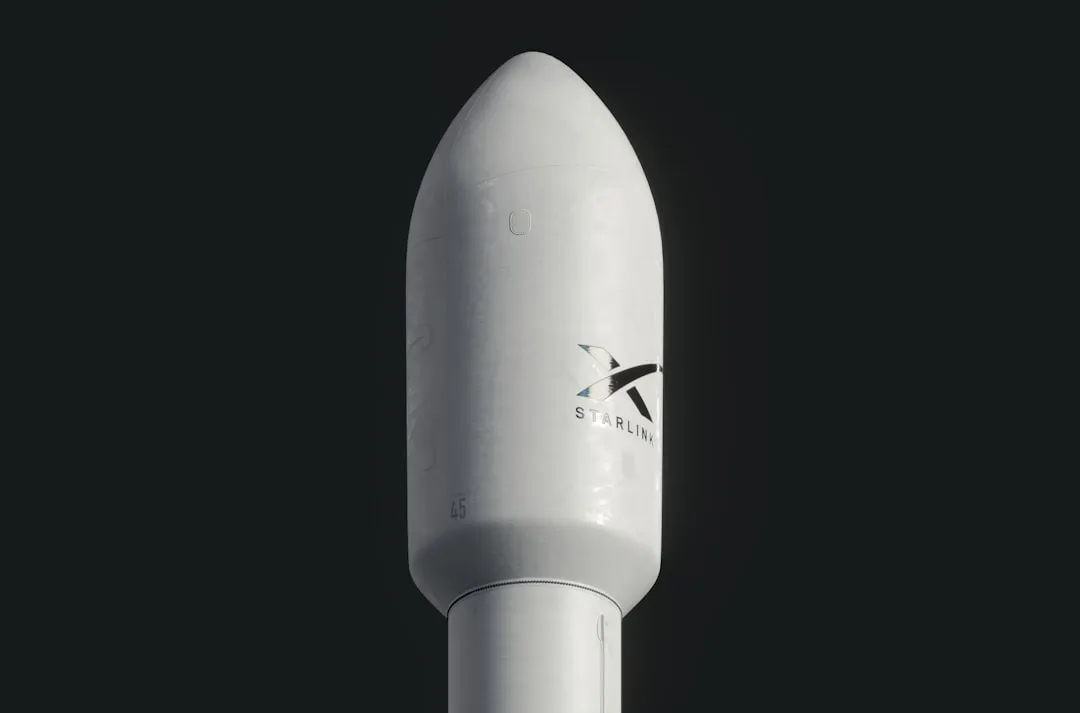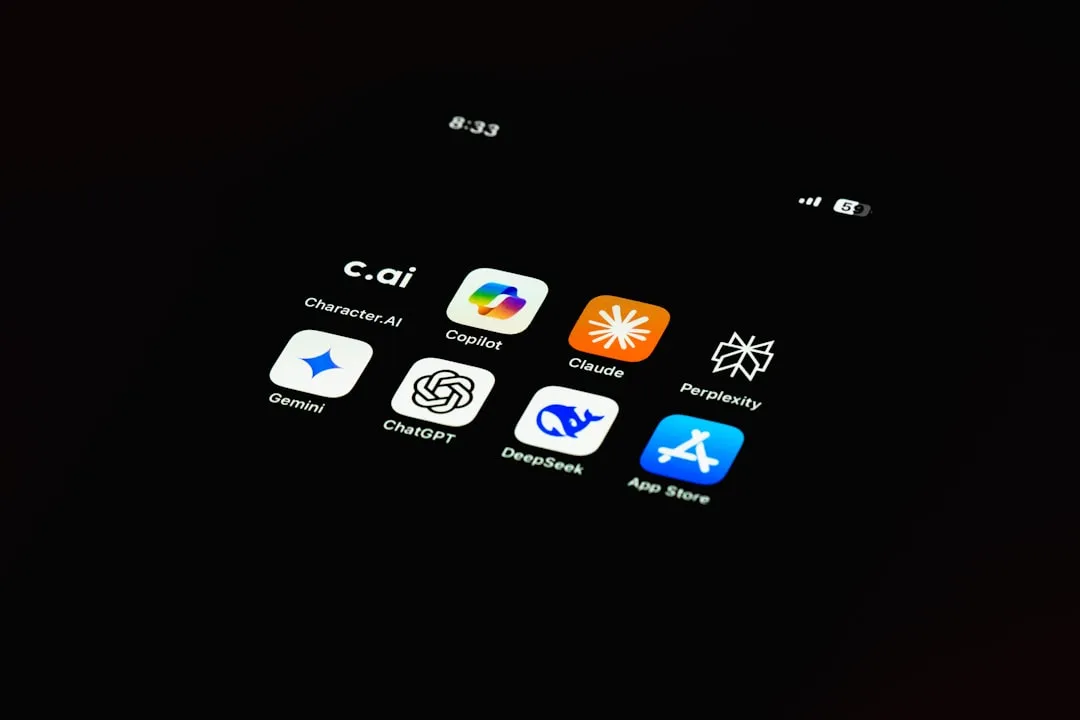
The gym can be pretty distracting. With the slamming of weights and pieces of equipment, loud music blasting through the speakers, and plain old grunting, it can be challenging to focus on your workout. However, with your just your phone, you can not only eliminate these distractions but make the most of your time there.
Using just six apps, you can maximize your time at the gym so very little of it is wasted. No more standing around wondering what to do or being distracted by the commotion around you — these apps will guide you on the way to a better, healthier you. All apps listed here work for both Android and iPhone, so avid gym-goers and newbies alike have no excuse not to try them out.
Motivating Music
Most gym goers eventually realize that music will translate to better workouts. Not only does it block the distractions around you, but it gets you pumped and motivated for each set and activity.
However, finding the right songs can become a distraction in itself as you fumble through your music player looking for something that fits the activity. And while pre-made playlists can help, they limit your ability to discover new songs along the way that will also help you get ready for that lift or run.
Fit Radio does things differently, using DJ-created mixes for all different types of activities. There are mixes for running outside, using the stair climber, weight lifting, and much more. There are even mixes for cooling down when you are getting ready to leave.

Fit Radio has music from over 40 different genres that are all blended perfectly in, so you have the desired energy for each exercise. Instead of limiting yourself to the one or two genres you already enjoy, you can be introduced to other music that will also get you moving. This way, as you work out, you can expand your musical palette and do well on each set.
Do you hate doing cardio? Take advantage of Cardio Coach where an instructor will push you through a cardiovascular activity. You choose the type of activity you want to do, choose from a range of intensity levels, the duration, whether to use their recommend music or your own, and you're off. For many, cardio can be one of the most dreadful parts of their workout, but this with this feature, it doesn't have to be.




Finally, there is Tempo Run. Based on the pace of your run, Fit Radio will provide songs to keep you going. You choose a particular style of music (or multi-genre) and go. You can have the app automatically determine the pace you are running, or you can set this manually. Each mix is different and designed to keep you moving at the speed you want.
While the app is free to download, you have to subscribe to their service to use the radio features. During my testing, I had a very different experience on each platform. On the Android version, I was able to use the app without paying, taking advantage of all the features. If I decided to sign up for the premium version, I could with some caveats. Specifically, I could sign up for the monthly subscription (at $3.99 a month), with a free trial for seven days. However, if I wanted the 30-day free trial, I would then have to sign up for the yearly subscription of $29.99 a year.






On iOS, I wasn't able to use the app at all for free. Any feature I selected brought me to the screen below, requiring me to sign up for three months for $27.99. I am not sure this is an error since this would mean not only could I use the app for free, but the Android version was cheaper, giving me access to monthly subscriptions and a better price for the annual subscription. Nonetheless, I thought you should know about this discrepancy before you dive in.




Personal Trainer in Your Ear
Once you have your music, the next thing you need is an activity, and this is where many people lose a lot of time. With many commercial gyms having 30+ machines and racks of dumbbells, it can be difficult to figure out what to do. Asking someone's for assistance can be intimidating and a coin flip as to the value of the information. And this can, unfortunately, lead to a lot of standing around and half-effort workouts. Thankfully, Aaptiv is here to help.

With Aaptiv, you get access to a personal trainer in your ear. When you open the app, you choose the goals you wish to accomplish at the gym, then you choose from thousands of workouts available based how long you want to work out for, the type of exercise you are looking for, the music, the trainer, and more. Afterward, put on your headphones and start your workout.






With Aaptiv, you no longer have to feel lost in the gym. Just follow the direction of the personal trainer and make strides towards your goals. No awkward asking a stranger required.
Workout Dictionary
While a personal trainer is useful for some, as you get comfortable in the gym, you might want to explore different exercises. Often, the gym can be like college: you come in undecided, trying different styles based on different people's advice. However, as you progress, you start to come up with definitive goals and create workout plans that achieve those. Unfortunately, unless you find the perfect personal trainer, the best way to accomplish this is to create your own plan, and that's where JEFIT comes in.

JEFIT is designed around gym-goers and weightlifters. Besides having workout plans designed for specific skill levels, it has an extensive exercise database. Organized by targeted body part, you can search for different ways to train a body group and read the instructions on how to accomplish the workout. There's even a GIF to show you how to perform the workout correctly. You can set personal strength goals for the workout and track your progress. This way, whether you want to add 50 pounds to your bench press or 10 pounds to your lateral raises, you can set it and track your progress until you reach this goal.






You can create your own workout, which you can then refer to at a later date. You can schedule the workout so you'll receive a reminder as to what you plan on doing. There is a rest timer so you don't take too long between sets. That's just the tip of the iceberg — this app can adapt in many ways as you progress from a beginner to an advanced gym-goer, tracking your progress along the way.
The free version gives you access to the exercise database, training logging, some basic workout plans, and a few other features. However, for more advanced training reports, no ads, cloud backups for your data, and more, you can join their Elite subscription program for $6.99 a month (there is also an annual plan).
Progress Tracking
Now that you have a routine, I imagine you'll want to get stronger in those lifts. Whether you're into bodybuilding, powerlifting, or any other style, the name of the game is progressive overload. Each time you work out, you want to try to challenge yourself even more than your previous session, and the only way you can be sure this happens is by tracking your lifts. With the help of an app called Strong, you can accomplish this pretty easily.

Strong lets you log each set of every exercise and track it across years. Want to know your best performance on the bench press? Strong can provide you this information and much more. You can log warm sets to get an idea of the best warm-up routine for a particular day. And if you pay for the premium version (which starts at $4.99 a month), you'll find out how much time you've dedicated toward warming up compared to actual working sets. The app even has a timer so you know how long it took you to complete your workout.




If you're not sure about the total weight, you can use their advanced plate calculator to easily add up the weight (although you do need to pay for the premium version). Strong even lets you account for the different types of barbells, which weigh differently. Their list of exercises is extensive and should have the majority of the workouts you are performing. But if an exercise isn't listed, you can even create it manually.
This app eliminates any need to carry a composition notebook to record your progress. By using Strong, you can see your strength growth and (with the premium service) your size growth as well. No longer do you need to guess what you lifted last week — instead, you can see your growth and use this information to be sure you keep challenging yourself each day in the gym.






Nutrition Tracking
As any regular gym attendee will tell you, what you eat is as important as how hard you work out. Eating the right type of food and the right amount of them can be the difference between looking good and looking the same. This includes the all-important post workout meals which you can set and track using an app.

Lose It! lets you track your meals throughout the day. You set your weight goals in the app and Lose It! will determine the calories needs to reach that weight in a healthy fashion. With its premium service, you can even input your workout to get a rough estimate of how many calories you burn.




If you subscribe to the Premium version (which start at $2.50 a month), you get full meal plans, so you don't have to decide what to eat. However, if you choose to do it yourself, you can easily add food by scanning a barcode, typing its name, or even taking a picture.
For the gym, getting food after your workout is key to maximize your "gains." Whether you bring your food to the gym or buy a protein bar at the gym, you can be sure you still are within your allocated calories with Lose It! app.




Data Syncing
Technically, this last "app" is two separate apps — one for Android and one for iPhones. With so many different apps tracking your progress, your fitness data can get scattered and disorganized, which can limit your growth. Thanks to a Google-developed health app for Android and the Apple-developed Health app for iOS (pre-installed on all iPhones), this doesn't have to be the case.
- Install Google Fit: Android (free)

Google Fit and Apple Health let you sync data from various fitness and health-related apps and present it in one easy-to-read app. Instead of having to find nutrition information in one app and the calories burned in another, you can simply sync your data and read it in Google Fit or Apple Health.
All of the apps on our list will sync with either Google Fit or Apple Health. Google Fit even uses this data to provide you Heart Points. These points were created in collaboration with the American Heart Association to reflect the recommended amount of physical activity to reduce the risk of heart disease.
Apple Health and Google Fit also make this data far easier to view by your doctor and your trainer. With your exercise routine and nutrition logged in, your doctor can see an accurate depiction of your how you are treating your body. A trainer can also benefit from this information as they can see how to structure your program to get the maximum amount of results.




Most of us don't want to spend all day at the gym. With the help of these six apps, you don't need to. You can stay on track with your workout from the time you enter the gym doors and ensure every second spent there will propel you toward the fitness state you've dreamt of.
This article was produced during Gadget Hacks' annual Health & Fitness special coverage. Read all of the Health & Fitness series.
- Follow Gadget Hacks on Pinterest, Reddit, Twitter, YouTube, and Flipboard
- Sign up for Gadget Hacks' daily newsletter or weekly Android and iOS updates
- Follow WonderHowTo on Facebook, Twitter, Pinterest, and Flipboard
Cover image and screenshots by Jon Knight/Gadget Hacks

























Comments
Be the first, drop a comment!